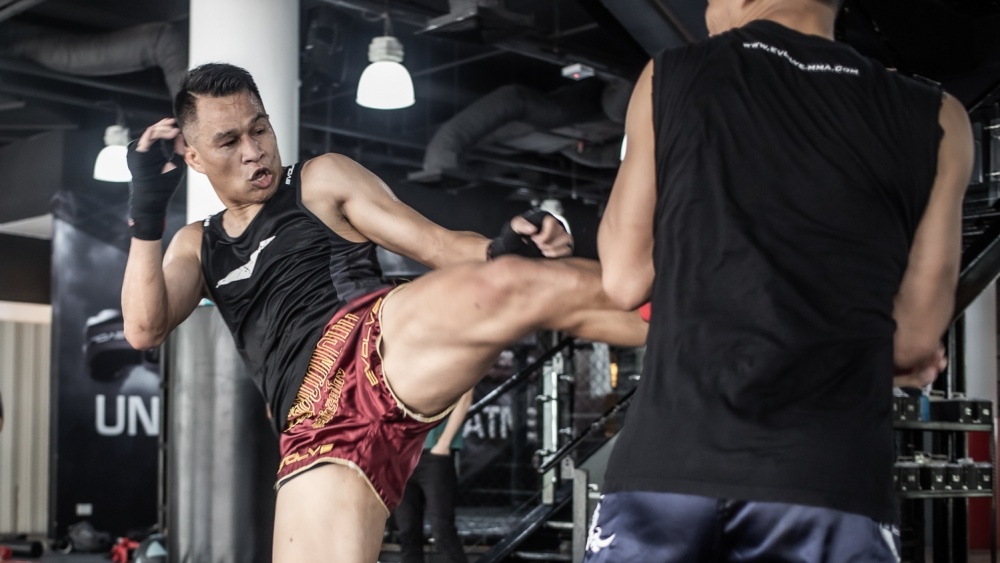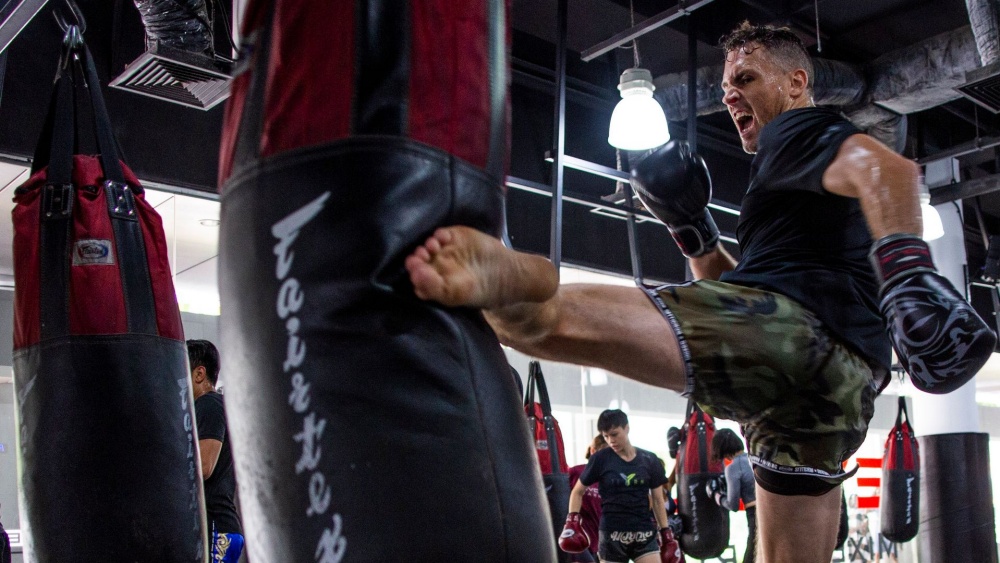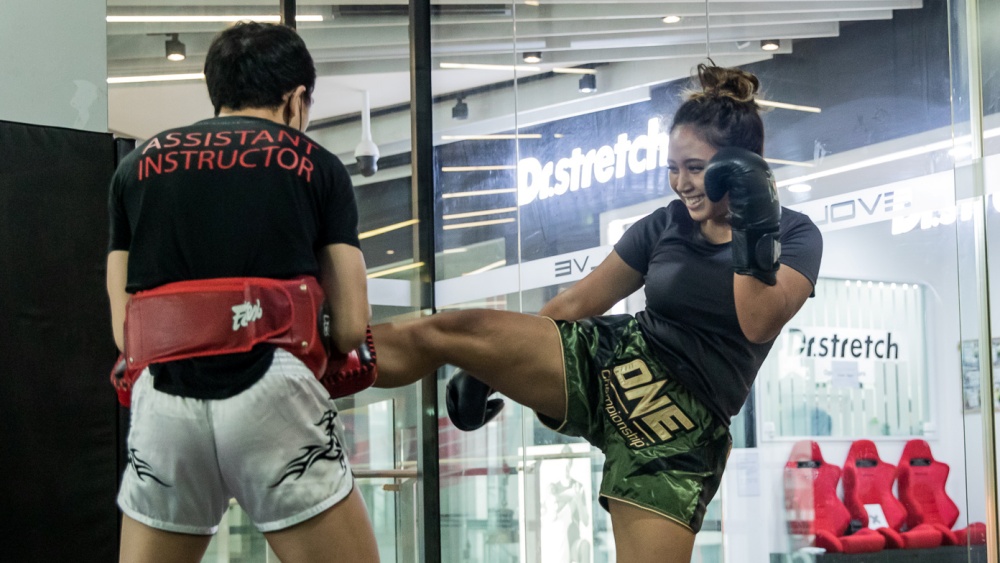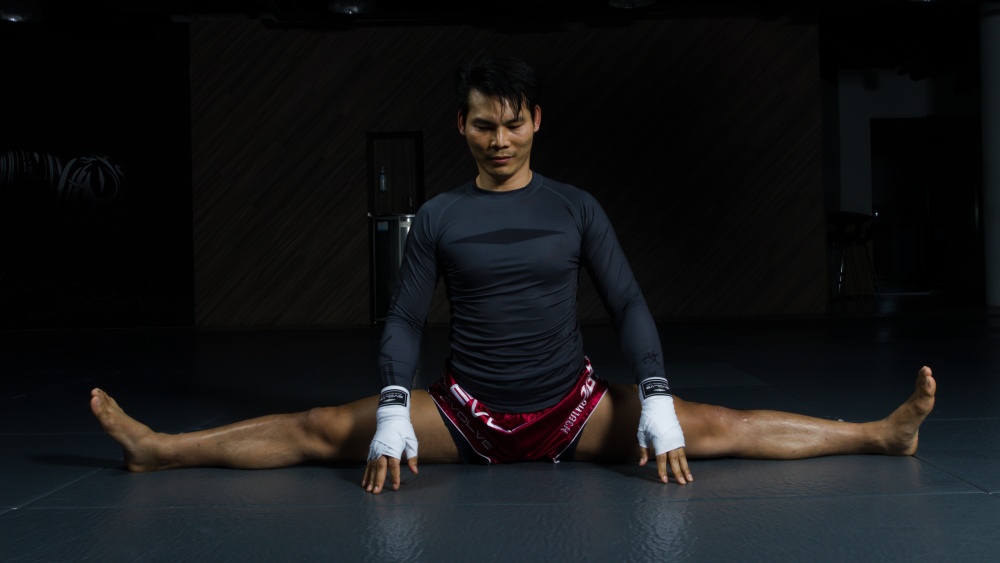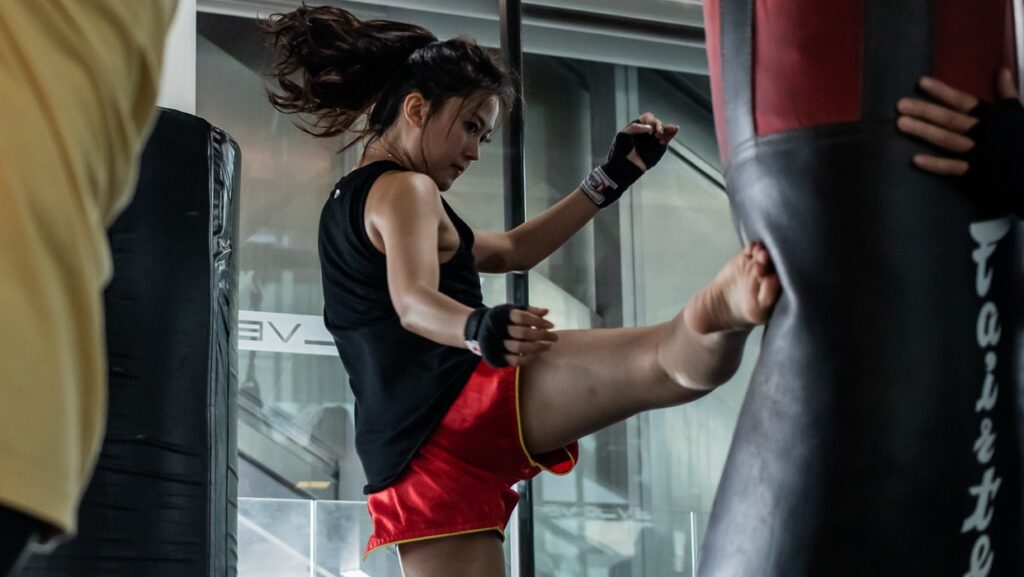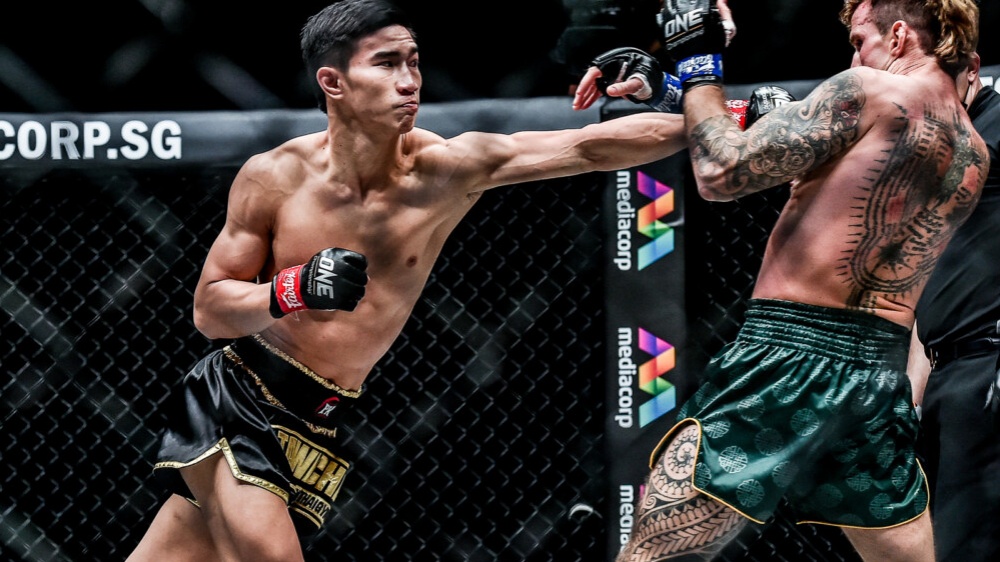Shin conditioning is essential when training for Muay Thai, a martial art known for its powerful kicks. Building up the strength and resilience of your shins enhances your ability to deliver devastating blows and fortifies your overall performance in the ring.
Achieving rock-solid shins requires dedication and patience and employing the right techniques can accelerate your progress while minimizing the risk of injury. Here, we present a collection of 9 pro tips that will guide you through effective and safe shin conditioning methods, helping you forge shins that can endure the rigors of Muay Thai training and competition.
Shin conditioning is not without discomfort, especially in the beginning. As you gradually build up the strength and resilience of your shins, there might be some initial soreness, swelling, or bruising. This discomfort is a natural part of the conditioning process. However, it’s crucial to distinguish between the normal discomfort associated with conditioning and any excessive pain or injury.
While some discomfort is expected, it’s important to prioritize safety and avoid pushing yourself too hard, and too quickly. If you’re experiencing severe pain, excessive swelling, or persistent bruising, it’s essential to take a step back, give your shins proper time to heal, and potentially seek advice from a coach, trainer, or medical professional to ensure you’re not causing any harm.
Over time, as you improve your technique and strength, and adapt to the training, the discomfort should become more manageable. Always listen to your body and make adjustments to your training routine as needed to ensure a healthy progression in your shin conditioning journey.
1) Heavy Bag Work
Heavy bag training in Muay Thai is a pivotal method for conditioning and strengthening the shins. Delivering controlled kicks to the bag exposes the shins to measured impact, leading to microfractures that stimulate bone adaptation. As these microfractures heal, the shins become more robust and better equipped to handle the demands of training and combat.
Proper technique is essential to prevent injury and ensure effective conditioning. Gradually increasing the force of strikes over time allows for safe progression. Incorporating heavy bag work consistently and with patience fosters shin resilience and prepares you for the challenges of Muay Thai, enabling powerful and durable strikes.
2) Pad Work
Pad work, a cornerstone of Muay Thai training, plays a pivotal role in conditioning and strengthening the shins. Striking pads held by a partner expose the shins to controlled impact, which allows for gradual adaptation and resilience.
The dynamic nature of pad work allows for precise technique refinement and simulation of real combat scenarios. This interaction fine-tunes striking skills while conditioning the shins for various angles and strikes. Proper technique and communication with your partner ensure safe and progressive conditioning.
Consistency in pad work male for gradual adaptation and resilience in the shins. A good balance of intensity and recovery prevents overexertion.
3) Sparring Without Pads (Controlled)
Engaging in controlled sparring without pads is a critical practice in Muay Thai that directly contributes to shin conditioning. This controlled sparring involves practicing strikes and blocks with reduced power, allowing fighters to acclimate their shins to the occasional bone jarring impact. This deliberate exposure to impact aids in gradually building strength and resilience in the shin bones.
Controlled sparring offers an environment to refine techniques, timing, and defensive skills. It also allows fighters to experience the physical sensations of blocking and delivering strikes without the full force, enhancing their overall understanding of the dynamics of combat. Effective communication with your sparring partner is key, make sure that both participants are on the same page regarding the level of intensity.
4) Padded Sparring
Gearing up and sparring is a vital training component in Muay Thai that absolutely contributes to shin conditioning. Padded sparring involves sparring with protective gear, such as shin guards, to reduce the impact on the shins while still practicing strikes and blocks with a slightly elevated application of force. This practice allows a fighter to refine their techniques, timing, and defensive skills while minimizing the risk of injury and getting their mind ready for the inevitable impacts.
Padded sparring offers a safe environment to simulate combat scenarios with reduced impact. Fighters can focus on executing precise strikes and blocks without the concern of excessive force causing injury. It provides an opportunity to develop striking accuracy and defensive strategies in a controlled setting.
5) Running
Running has been and will always be a part of Muay Thai training for cardio as well as a valuable asset in shin conditioning. Because of the repeated impact, running enhances bone density, reinforcing shins to better withstand impacts. Increased blood circulation derived from running nourishes bones and surrounding tissues, supporting repair and the strengthening process.
Running engages various muscles, including those around the shins, contributing to muscular development that provides added support to the shin bones. As you gradually adapt to impact during running, your shins progressively acclimate to stress.
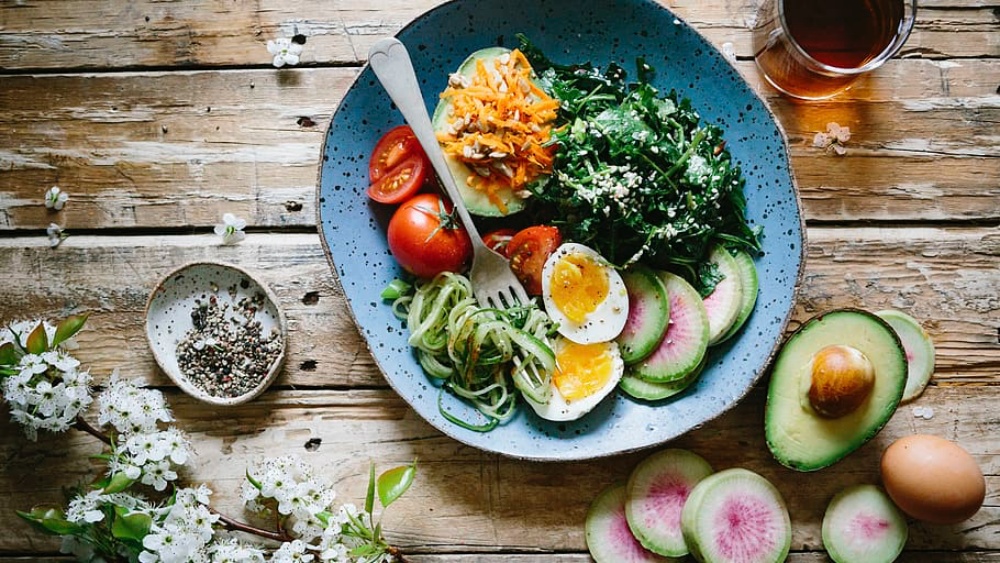 Nutrition and hydration play a paramount role in optimizing shin conditioning for Muay Thai. A balanced diet rich in essential nutrients promotes bone health and healing. Adequate protein intake supports muscle recovery, vital for overall performance. Incorporating fresh fruits and vegetables provides micronutrients crucial for bodily functions, including bone repair.
Nutrition and hydration play a paramount role in optimizing shin conditioning for Muay Thai. A balanced diet rich in essential nutrients promotes bone health and healing. Adequate protein intake supports muscle recovery, vital for overall performance. Incorporating fresh fruits and vegetables provides micronutrients crucial for bodily functions, including bone repair.
Supplementation, when needed, can bridge nutritional gaps during intensive training. Calcium and vitamin D foster bone health, while zinc and magnesium aid in muscle function and recovery. Hydration is equally vital, as water supports various physiological processes and helps prevent dehydration, which can hinder recovery.
Proper nutrition and hydration ensure your body is equipped to repair and strengthen your shins after each training session. By fueling your body optimally, you provide the essential building blocks to create shins of steel.
Rest and recovery are integral components of successful shin conditioning in Muay Thai. Adequate rest between training sessions allows the body to heal and repair microtraumas, facilitating the strengthening process of the shins. Sufficient sleep is paramount, as it supports overall recovery, hormone regulation, and tissue repair.
Active recovery techniques, like stretching and foam rolling, promote blood circulation and alleviate muscle tension. Engaging in low-impact activities, such as swimming or light exercise, can expedite recovery while minimizing strain on the shins.
8) Weight Training
Weight training and lower body exercises are other ways to indirectly condition the shin area. These exercises target the muscles surrounding the shins, bolstering their strength and support. Exercises like calf raises, leg presses, lunges, and hamstring curls fortify the muscles that play a role in shin resilience. And it is well known that lifting weights has been proven to increase bone density.
Strengthening the core muscles enhances stability and balance during strikes, while exercises like lunges and squats contribute to overall lower body power. These exercises provide your shins with a foundation of muscular support, reducing the impact absorbed directly by the bones.
9) Patience
Patience is key during recovery; gradual progress is more effective than pushing too hard.
The idea that numbing down or killing the nerves is no longer the norm for shin conditioning. Don’t worry, you will have some bone-to-bone contact that will make you grit your teeth.
But by balancing intense training with ample recovery time you will allow your shins to adapt and grow stronger over time.
Conclusion
This cycle of repeated impact, microtrauma, bone repair, and adaptation forms the foundation of shin conditioning. It’s important to strike a balance between providing enough stress to stimulate growth and avoiding excessive stress that could lead to injury. Through careful training, proper nutrition, and adequate rest, you can support this process and develop stronger shins for Muay Thai.
You may also like:
